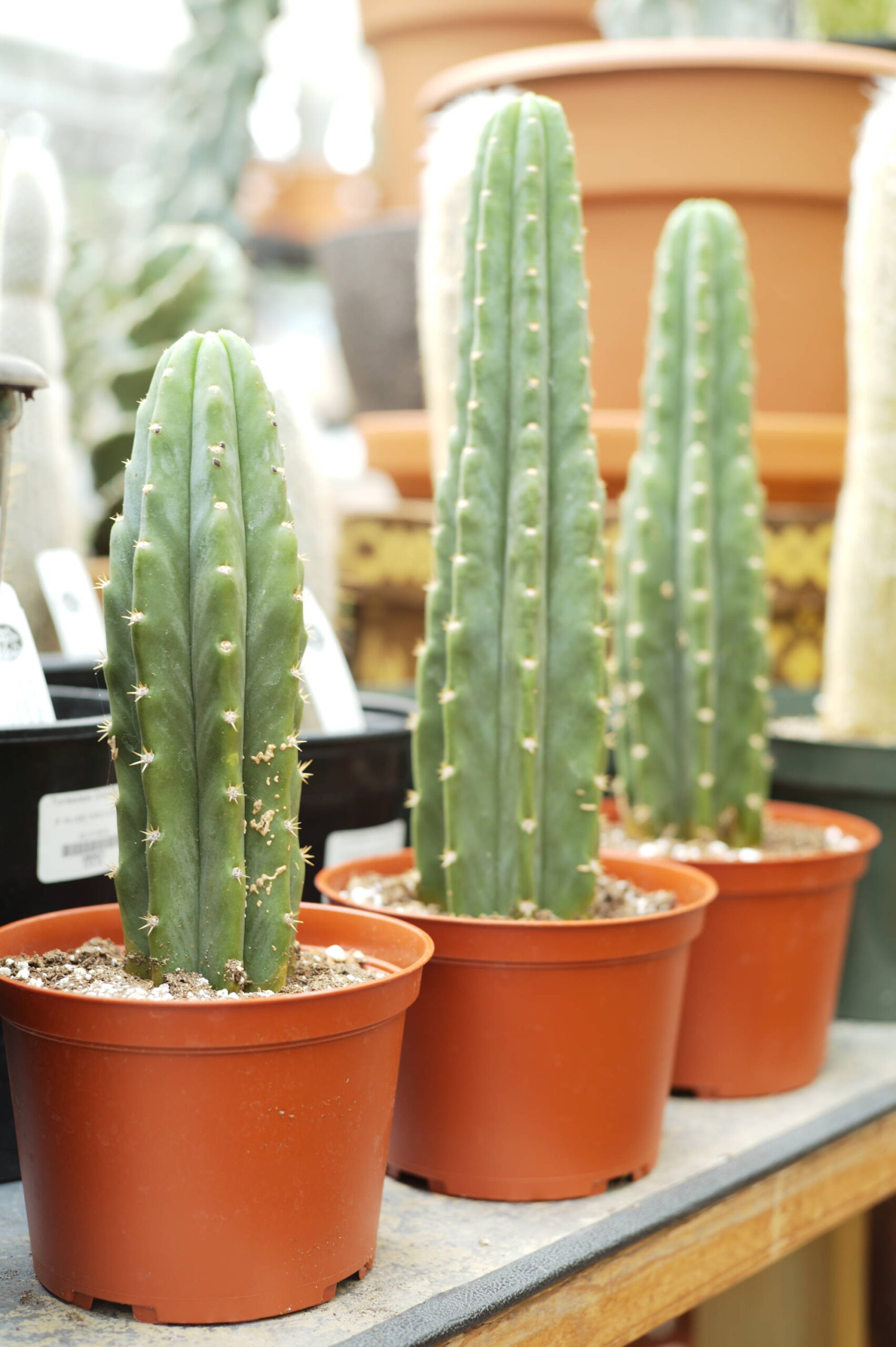Is the San Pedro Cactus Legal? Here’s the Law
The San Pedro cactus (Echinopsis pachanoi), a stunning columnar succulent, is renowned not only for its striking appearance but also for its intriguing psychoactive properties. The strikingly vivid green complexion, often adorned with multiple upward-reaching branches, provides an aesthetic appeal that draws in enthusiasts and casual observers alike. However, alongside its beauty lies a complex narrative concerning legality that varies widely across different jurisdictions.
The San Pedro cactus is indigenous to the Andean mountains and has been utilized for centuries by indigenous communities for its hallucinogenic qualities during religious and spiritual ceremonies. While its visual charm is unquestionable, it is the psychoactive component, mescaline, that casts a shadow over its legal standing in various nations, especially in Western contexts. It is essential to dissect the legal tapestry surrounding this remarkable plant to understand its current status and implications for cultivation and usage.
The Nature of the San Pedro Cactus: Aesthetic and Psychoactive Characteristics
The San Pedro cactus typically grows to an impressive height of up to 20 feet and features distinctive ribbed surfaces. The cactus is adorned with large, white, fragrant flowers that bloom at night, further enhancing its allure. Beyond its physical beauty, the San Pedro cactus possesses mescaline, a psychoactive alkaloid that induces hallucinogenic experiences, an element that has intrigued researchers and psychonauts alike. Historical usage dates back thousands of years, presenting a fascinating intersection between nature, culture, and spirituality.
However, it is vital to acknowledge that while the cactus itself is often legal to grow and possess, the psychoactive extraction and use remain shrouded in legal ambiguity. Laws governing the San Pedro cactus can vary significantly not only from country to country but also often from state to state within a country, contributing to a convoluted understanding of its legal status.
Understanding Legalities: Global Perspectives
The legal status of the San Pedro cactus greatly depends on the jurisdiction in which it is evaluated. In many countries, including the United States, the cactus itself—a non-psychoactive plant—is legal to cultivate and possess. The legality stems from the fact that there are no laws concerning the plant as a whole; rather, laws typically focus on the extraction of mescaline for illicit consumption. Nonetheless, certain jurisdictions have chosen to approach this plant with caution, highlighting the need for an awareness of local laws when considering its cultivation or usage.
In the United States, the legal landscape fluctuates. At the federal level, the DEA does not classify Echinopsis pachanoi as a controlled substance; therefore, its cultivation is legal, as long as it is not intended for the extraction of mescaline. However, many states take a different stance. A growing number of states have implemented laws restricting the possession or usage of plants that contain mescaline, which may indirectly affect the legal standing of the San Pedro cactus. Consumers and growers should diligently educate themselves on state-specific regulations to avoid potential legal repercussions.
The Controversy of Psychoactive Use: Ethical Considerations
The conversation surrounding the San Pedro cactus inevitably extends beyond mere legality into ethical considerations and societal impacts. As psychoactive plants gain popularity in alternative medicine and therapeutic practices, conversations about their potential benefits and drawbacks intensify. Proponents argue that, when used responsibly and in a controlled environment, mescaline can offer valuable insights, therapeutic experiences, and a deeper understanding of consciousness. Conversely, critics caution against the recreational use of psychoactive substances, citing concerns about mental health implications and environmental impacts due to overharvesting.
Moreover, the resurgence of interest in plant-based psychoactive substances has led to a burgeoning community of enthusiasts who advocate for the cautious exploration of the San Pedro cactus, aiming to reinstate its cultural significance while navigating the complex legal landscape. These emerging cultural practices must balance respect for traditional usage with modern legal frameworks, fostering a dialogue that could reshape perceptions of the San Pedro cactus in contemporary society.
A Balancing Act: Cultivation, Usage, and Law
In light of these complexities, individuals interested in engaging with the San Pedro cactus are faced with the daunting task of navigating its legal landscape while remaining aware of broader ethical implications. Cultivating this cactus as a stunning ornamental addition to the garden may be a simple task, but using it for its psychoactive properties becomes a journey rife with legal nuances and ethical deliberations. The act of growing the San Pedro cactus symbolizes a deeper connection to nature while simultaneously inviting a conversation about human indulgence and its ramifications.
Therefore, as enthusiasts cultivate and study the San Pedro cactus, they must also become advocates for responsible practices that respect its history and legality. Whether fostering an appreciation for its beauty or engaging with its psychoactive properties, navigating the world of Echinopsis pachanoi is both a rewarding and responsible enterprise, encased in a rich tapestry of culture, law, and ethics.
In conclusion, the San Pedro cactus serves as an emblem of intrigue, both in its striking visual appeal and its complex legal standing. By cultivating awareness and respecting traditional practices, the cactus offers a holistic perspective on both beauty and legality, urging all who encounter it to engage thoughtfully with nature’s abundance.





Leave a Comment